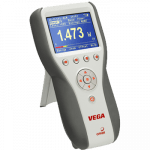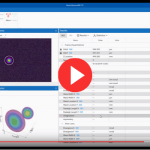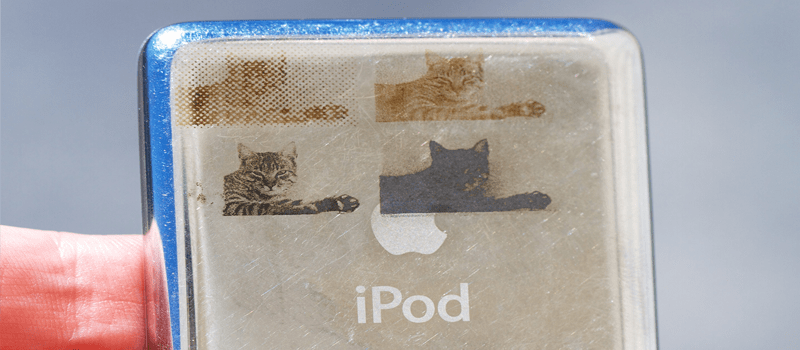We’d all love to imagine a world where lasers always perform exactly as they’re meant to. Unfortunately, the all-too-often reality is that lasers can malfunction, just like anything else. The question then becomes: “How can I figure out what’s wrong with my laser?”
We recently had just such a case, where a customer turned to Ophir for some guidance. He was observing a significant discrepancy between power and energy readings as well as a dependence on energy density.
Perplexed, he turned to Ophir staff for support. At first, this was a bit of a conundrum to everyone involved, since energy density should not affect the power or energy reading. Various suggestions were considered, until someone thought of the most direct possibility – if the beam is too divergent, low energy density might mean that not all the beam is entering the aperture. However, this customer had been checking the beam width using a white card as well as a CCD beam profiler, and it appeared to be within the maximum suggested size (about 15-30% of the aperture). Just to be sure, we double-checked with a NanoScan head, and found the beam to be much larger than we thought – sometimes not even fitting completely in the NanoScan’s 9mm aperture.
This did indeed explain the dependence on energy density. However, it raised an even bigger question – why was the laser so divergent and how could it be that the CCD camera missed this?
 Upon closer examination, the NanoScan showed a spike at the laser’s wavelength as well as the laser pump wavelength. The CCD camera had a filter in so it didn’t pick up the leaky pump’s wavelength. The scanning slit was being used with a Silicon detector so it could accept a wider spectrum of light. It was further determined that the pump light was quite divergent, so it was causing the discrepancies that had been observed. The customer was happy for the explanation, although of course would have been happier if the laser pump wasn’t leaking in the first place.
Upon closer examination, the NanoScan showed a spike at the laser’s wavelength as well as the laser pump wavelength. The CCD camera had a filter in so it didn’t pick up the leaky pump’s wavelength. The scanning slit was being used with a Silicon detector so it could accept a wider spectrum of light. It was further determined that the pump light was quite divergent, so it was causing the discrepancies that had been observed. The customer was happy for the explanation, although of course would have been happier if the laser pump wasn’t leaking in the first place.
The moral of the story is that if you see a strange discrepancy, one of the suspicions is that your laser light is mixed with pump light. There’s a simple way to check this: Insert a wavelength filter into your laser measurement sensor that will filter out the wavelength of your laser. If your laser is functioning properly, you should read only some low background noise. If the pump is leaking though, it will be readily apparent.
If you don’t think the laser pump is the culprit – as was the case (at first) in the story above – there usually isn’t one clear go-to solution. That being said, beam profilers are often a very valuable asset when trying to play detective with your laser, especially in a case when the regular power and energy meters don’t seem to provide enough information.
Do you have any suggestions? What steps do you usually take when you see something wrong with your laser?
You might also like to read: 3 Ways to Keep Track of Your Laser Beam’s Divergence












Leave a Reply
Your email address will not be published. Required fields are marked *